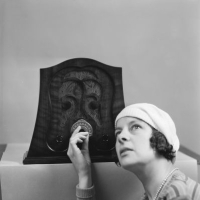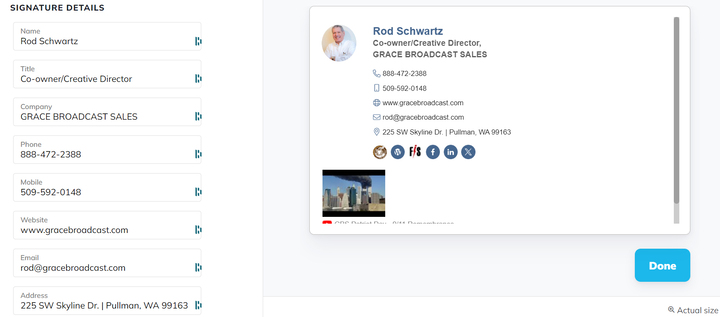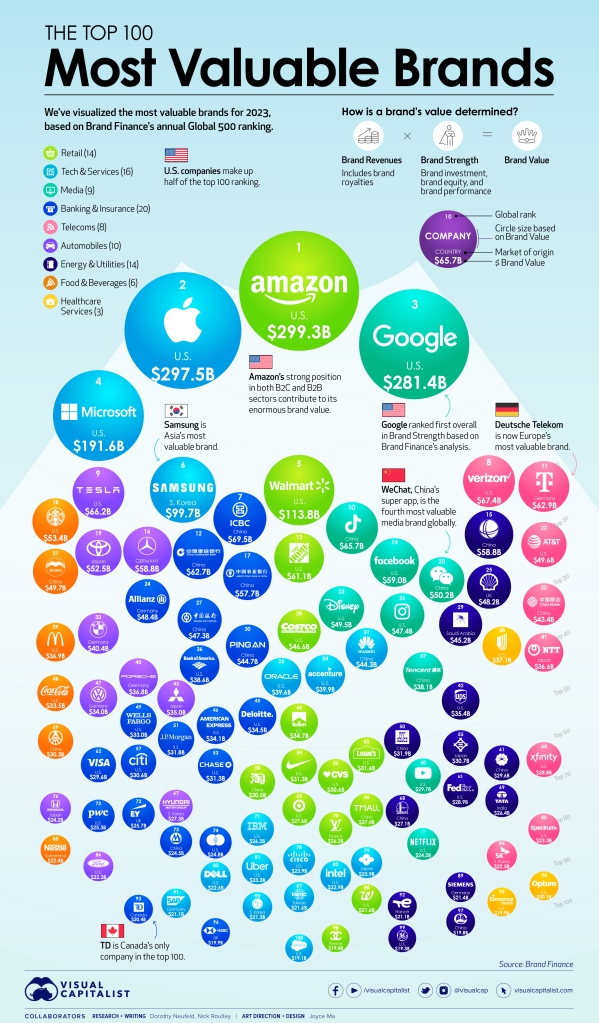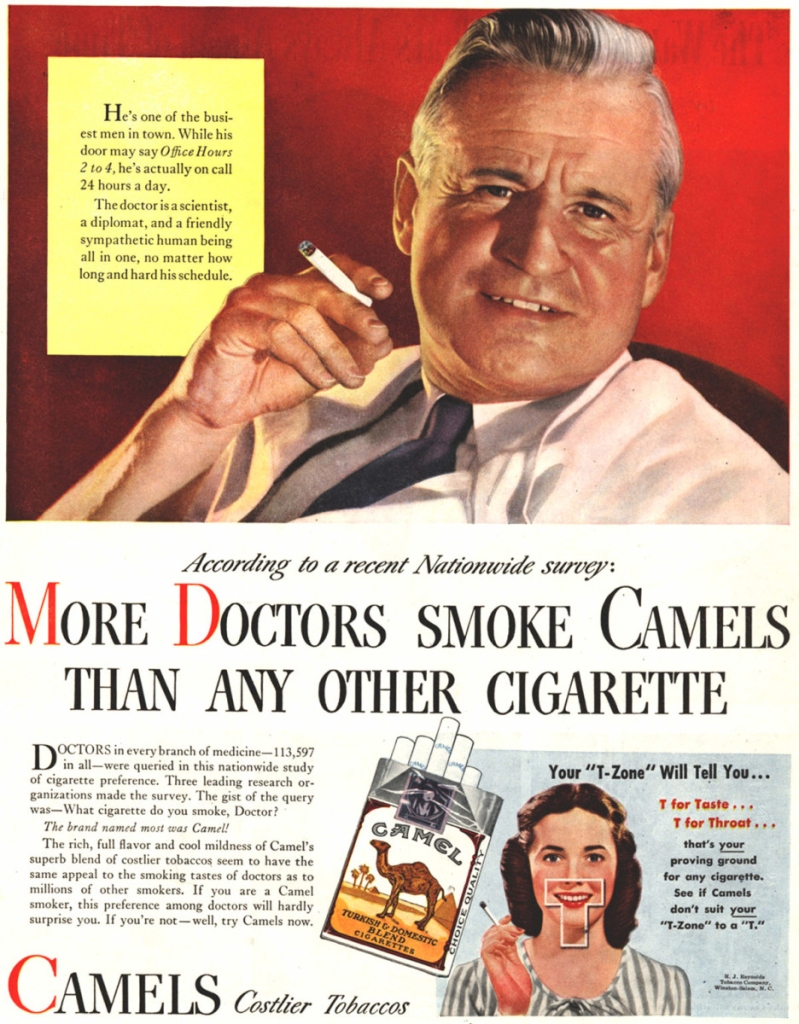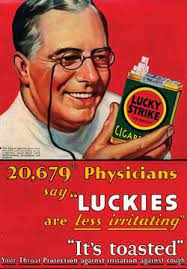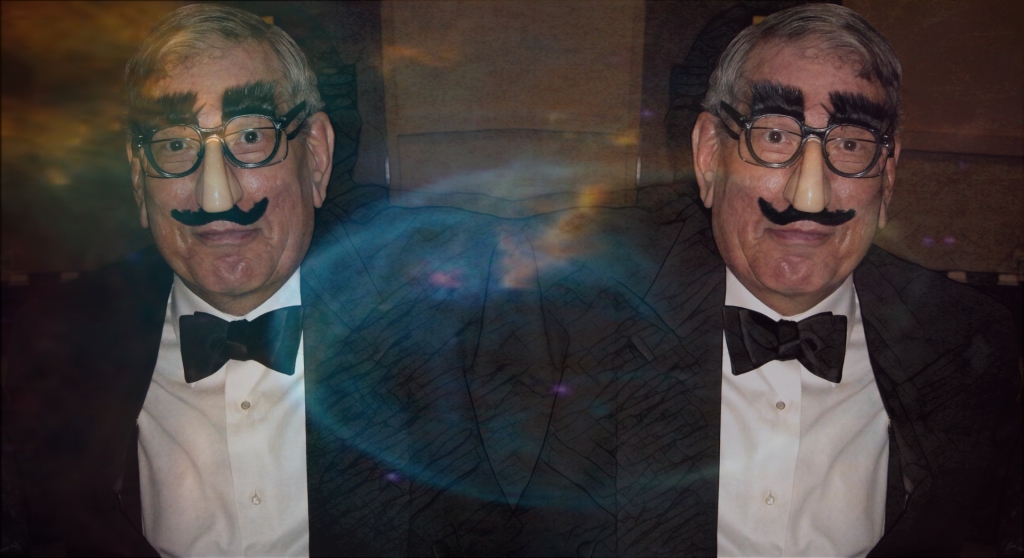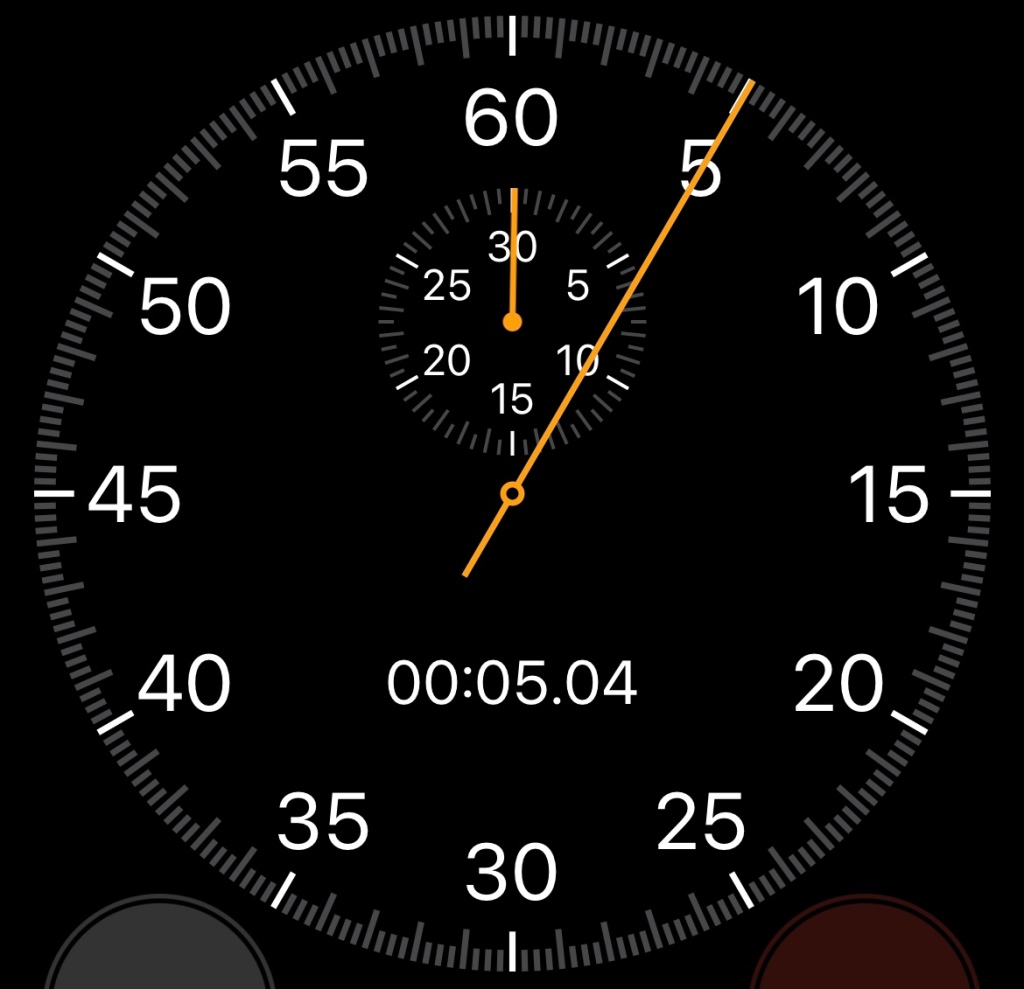I sold my first five-second radio commercials back in 1975. For the record, that’s thirty years before Clear Channel would proclaim “Less Is More” and with great fanfare begin offering five-second “adlets” or two-second “blinks.” Twitter founder Jack Dorsey had not yet been born.
It was sales trainer Jim Williams who started me on the path of selling five-second ads, with this simple example: “Don’t make a $500 mistake. See Bob’s Used Cars.” Jim wasn’t alone. The Radio Advertising Bureau also had been reporting that some stations were having success with what they called “eight-word ads.”
Funny aside: I was a young advertising salesman in 1975-76 when my manager, after putting us through our first Jim Williams “boot camp,” gave the sales team a special promotion to float with prospective advertisers. It was called The Three-day Blitz: 70 five-second ads to be aired over a weekend (Friday-Sunday). We sold so many of these packages that our poor traffic lady had to type an extra legal-size page for each hour’s log. (Since logs were typed manually, this created a lot of extra work for her, which she did not appreciate. Presumably, management did something to mollify her.) I chuckle now when I think about it, but the response was instructive. We ended up adding five-second ads to our rate card, as well as standardizing the Three-day Blitz.
There are several advantages to shorter ads:
1) They force the writer to craft a clear, concise message. There’s no room for “fat” in a five-second ad.
2) It’s much easier for a listener to comprehend, retain, and recall a short message in its entirety. It’s in-and-done before the listener can even react to it! (Stick around and I’ll share with you a powerful presentation technique for demonstrating this effectively to a prospect.)
3) Greater frequency can be achieved at lower cost. Because five-second ads cost less than 30’s or 60’s, the advertiser’s budget buys him greater frequency—more repetition of his message.
Short ads can be deployed to trip the recall switch, reminding the listener of something he’s heard about in greater detail in a longer commercial. Think of this technique as “clutter busting” – referring not so much to the other ads on your station as to all of the messages that bombard us daily everywhere we turn, from computer monitors and cell phones to the chatter of our co-workers, from in-store POP to ads on public benches, buses, billboards, and buildings, television, newspaper, magazines. While there may be disagreement as to how many advertising messages we see or hear in each day, we can agree that there’s plenty of competition for a listener’s attention. We live in an age when distractions are plentiful.
So, let’s say you’ve sold your client a schedule of 30’s or 60’s to get the word out about his big store-wide sale. His commercials include a number of price-and-item illustrations, maybe a special financing offer, prize drawings, and so forth. Let’s imagine that he’s running 10 commercials a day for ten days, and these ads are scheduled to run between 6:00 a.m. and 7:00 p.m. Assuming even distribution, he’s running one ad every 78 minutes.
By adding just 10 five-second ads per day to his schedule, you’ve doubled his frequency, cutting the time between exposures in half. Add another ten and now your listeners are being reminded about his sale every 26 minutes. The marginal cost of the additional five-second ads has tripled his frequency!
All other factors being equal, this advertiser is going to enjoy better results from his buy on your station, which ought to bring him back for more.
Sometimes longer ads aren’t even necessary. It’s quite possible to build an entire campaign around five-second ads exclusively. I have a client who for many years sponsored the weather update following network news at the top of the hour. His five-second message – usually a positioning statement, but occasionally a call-to-action – ran once an hour, 24 hours a day, 7 days a week. For all intents and purposes, his advertising message reached the station’s entire audience.
Every listener, every day.
Think about that. How many of your advertisers can claim with reasonable certainty to reach every single listener on your station during the course of a day or a week, let alone all year long? It’s terrific exposure, and much easier for an advertiser to achieve and afford with a five-second ad.
The proliferation of satellite-delivered syndicated programming has all but eliminated the flexibility most stations once enjoyed when it came to scheduling commercials. If your station does all its own programming, consider yourself fortunate, indeed. You still have the freedom, or at least the potential, to schedule ads of any length, in any combination, at any time. The world is your oyster. Go for it. Stations whose programming comes via a bird in the sky have little choice but to fill fixed-length breaks with fixed-length ads at fixed times, with few opportunities for deviation from the 30/60 standard. It might be worth sitting down with your Program Director and asking him to identify any possibilities for running short ads (such as the five-second weather sponsorship mentioned earlier).
If you are able to identify and secure the appropriate inventory, and you’re ready to put it to work for an advertiser, here’s a technique you can use to demonstrate to your advertising prospect the power of a five-second ad: First, write the copy. Create the actual message that you’re going to propose the client run for this campaign. Take the time to make it a good one: clear, catchy, and memorable.
When you’re sitting across from the prospect, tell him, “I’d like you to help me with a little experiment.” Pause. Make sure you have his undivided attention. Then, read the five-second copy aloud, with appropriate feeling.
Read it a second time.
Read it a third time.
Then, ask him to repeat what you just read.
In most cases, he’ll repeat it verbatim without hesitation.
“You’ve just demonstrated the power of a five-second ad. I read it to you only three times and already you have it memorized, the whole thing.”
Rehearse the advantages of the five-second ad with him:
1) forces lean, concise copy;
2) more easily understood, retained, and recalled by the listener (as he just demonstrated)
3) allows more frequency within a given budget
Then, present your proposal. Make the sale. And enjoy the results.
Between 1975 and 1979, I used to drive the 55 miles between Winona and Rochester, Minnesota, two or three times a week. One Sunday I tuned in to Chicago’s WGN (720 AM) and kept it there to hear what was happening in my old hometown. I don’t remember the name of the host (though as I recall he had the most wonderfully soothing rich bass voice), but to this day I do remember two ads that he read live, several times each, during the course of my commute:
“Seven-Up, the Uncola. Chicagoland’s Number One Refresher.”
“Chapped Lips Need Blistex. Buy Blistex.”
I never intended to memorize them. It just happened.
Like magic.

